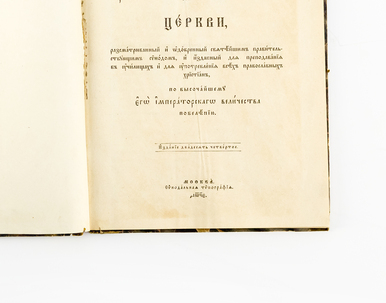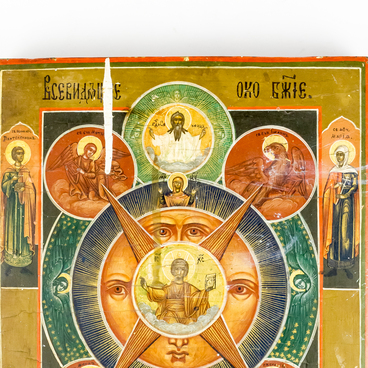The museum houses a photograph of Vladyka Arseny (Bryantsev). The saint was holding the honorary office of Archbishop of Kazan and Sviyazhsk for about six years: from October 1897 to February 1903.
He paid special attention to the conversion of the Chuvash, baptized Tatar, Mari, and Udmurt peoples to the Orthodox faith. At the same time, in his speeches, he emphasized respect for the native culture and language of each nation. The archbishop said that missionaries should not seek to “Russify” their parishioners, and that the main goal of priests was to bring people to God.
Regarding the study of the Russian language, he expressed the following opinion:
He paid special attention to the conversion of the Chuvash, baptized Tatar, Mari, and Udmurt peoples to the Orthodox faith. At the same time, in his speeches, he emphasized respect for the native culture and language of each nation. The archbishop said that missionaries should not seek to “Russify” their parishioners, and that the main goal of priests was to bring people to God.
Regarding the study of the Russian language, he expressed the following opinion:



